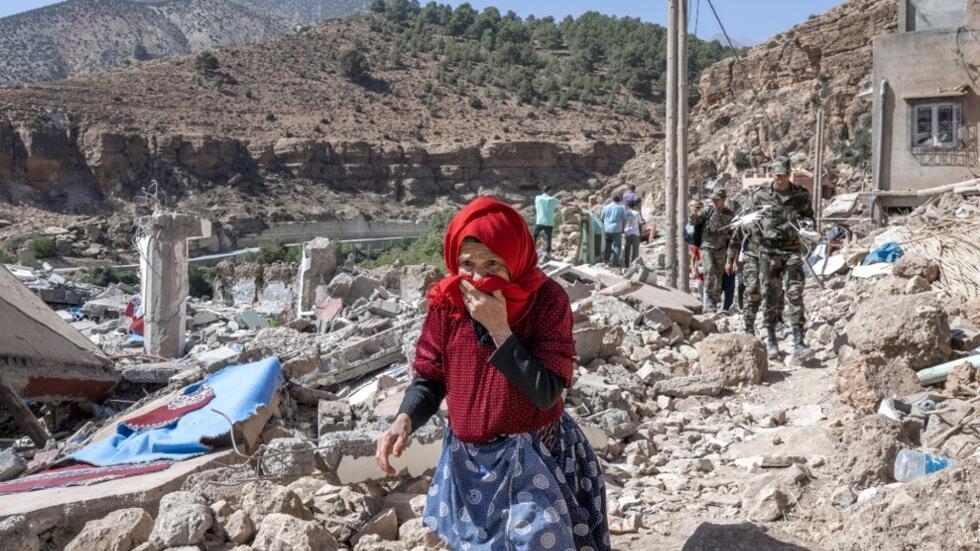One month following a destructive 6.8 magnitude earthquake that struck Morocco, the aftermath of the disaster still haunts the villages nestled around the Atlas Mountains. As the North African country embarks on the path to recovery, the focus now lies on rebuilding while simultaneously ensuring that centuries-old Moroccan villages are made resilient to earthquakes without compromising their cherished traditional architecture.
The remnants of the earthquake continue to mar the villages, with rubble strewn across the landscape. The nation must now confront the arduous task of reconstruction, tackling the urgent need for speed while safeguarding the architectural heritage that defines these communities.
Residents, such as Mohamed El Asri from the village of Imi N’Tala, express their desire to be relocated within their original village rather than being moved to a different location. They emphasise the deep connection they have with their land and farming practices, underscoring their commitment to preserving their cultural identity.
Interestingly, a potential solution lies in returning to traditional architectural practices to enhance resilience. Over the years, the prevalence of “often poorly built” concrete structures has displaced the traditional earthen and stone buildings that have withstood the test of time in the High Atlas region, according to Moroccan architect Elie Mouyal.
Architect and anthropologist Salima Naji highlights two distinct scenarios that unfolded during the earthquake. The large concrete buildings in urban areas, often boasting a facade of strength and modernity, proved vulnerable and collapsed in many instances. In contrast, the unconventional, vernacular, and traditional architecture demonstrated more resilience, although not entirely unscathed.
To support the recovery efforts, Rabat has allocated a budget of 120 billion dirhams ($11.6 billion) over five years, aiming to assist the 4.2 million people affected by the quake. King Mohammed VI has emphasised the significance of listening to the local population and respecting the unique heritage and traditions of the region throughout the reconstruction process.
As Morocco navigates the complex task of rebuilding, it must strike a delicate balance between modernisation and the preservation of its rich architectural legacy. By integrating traditional building techniques and materials, the country can fortify its villages against future earthquakes while upholding the cultural identity that lies at the heart of these communities.




